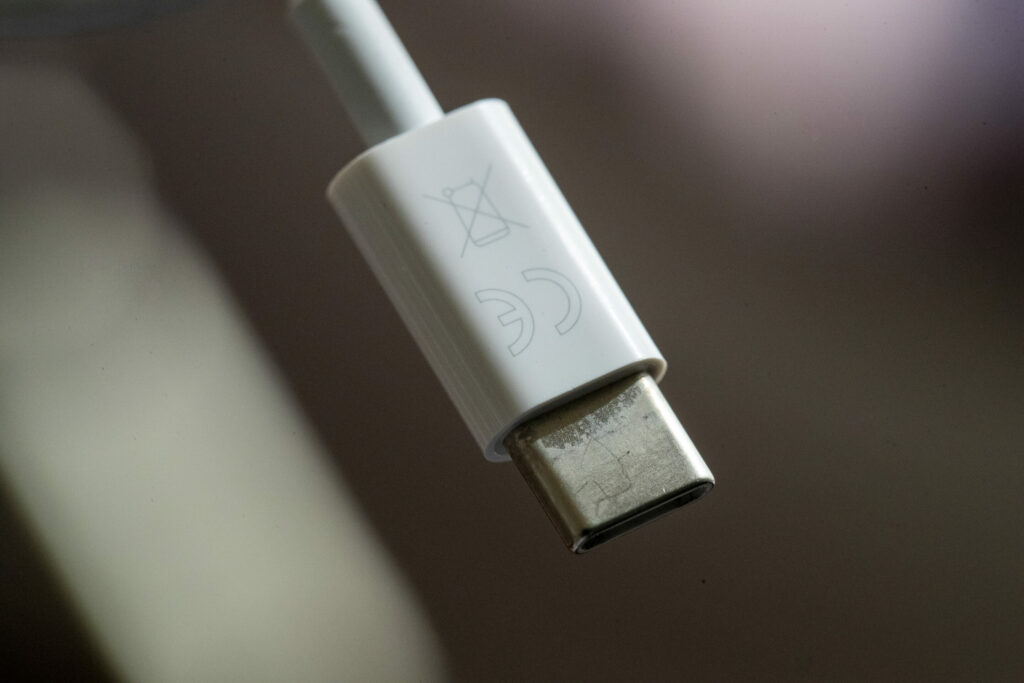From 28 December, USB-C charging ports will be required for all handheld electronic devices sold in the EU. This includes phones, tablets, e-readers, digital cameras, speakers, and even keyboards or mice. From 18 April 2026, the measure will also affect laptops.
The long-awaited common charging solution will enter into force in the European Union just before the end of 2024. The measures will affect most digital devices.
The regulation comes as part of a wider effort by the EU to reduce electronic waste and contribute to more sustainable purchases. According to the European Commission, phone chargers alone account for an estimated 11,000 tonnes of e-waste every year.
The common charger solution is expected to reduce annual e-waste by a thousand tonnes and to save in total €250 million in unnecessary charger purchases.
What does it mean?
The common charging port is set to allow consumers to charge their devices regardless of their brand. In addition, fast charging technology will be "harmonised" to ensure charging speed is equal for compatible chargers. This will stop producers from "unjustifiably" limiting charging speeds.
Moreover, the EU rules require that consumers can purchase new devices without a new charger, reducing the number of unused chargers.
Manufacturers will also need to improve the visual and written information regarding charging characteristics, the power required by a device, and whether a consumer's existing charger can meet the new device's requirements.
As brands have started to adapt to the measures prior to the 28 December 2024 deadline, consumers should not expect major changes.
While the rules do not affect the United Kingdom, its government is consulting to assess whether it too should adopt the common charging approach.
From 30 chargers to one
Plans to cut down the number of chargers in the EU have been in the works since 2009. A voluntary agreement within the industry was able to reduce the number of phone chargers from 30 to three.
However, the voluntary approach "could not deliver a complete solution," the Commission stated and in 2018, a new agreement was reached to limit unnecessary additional chargers. But this failed to deliver the expected charging solution nor did it meet the requirements for e-waste reduction.
In September 2021, the Commission submitted a legislative proposal, which the European Parliament approved the following month, with 602 votes in favour, 13 against, and 8 abstentions.

